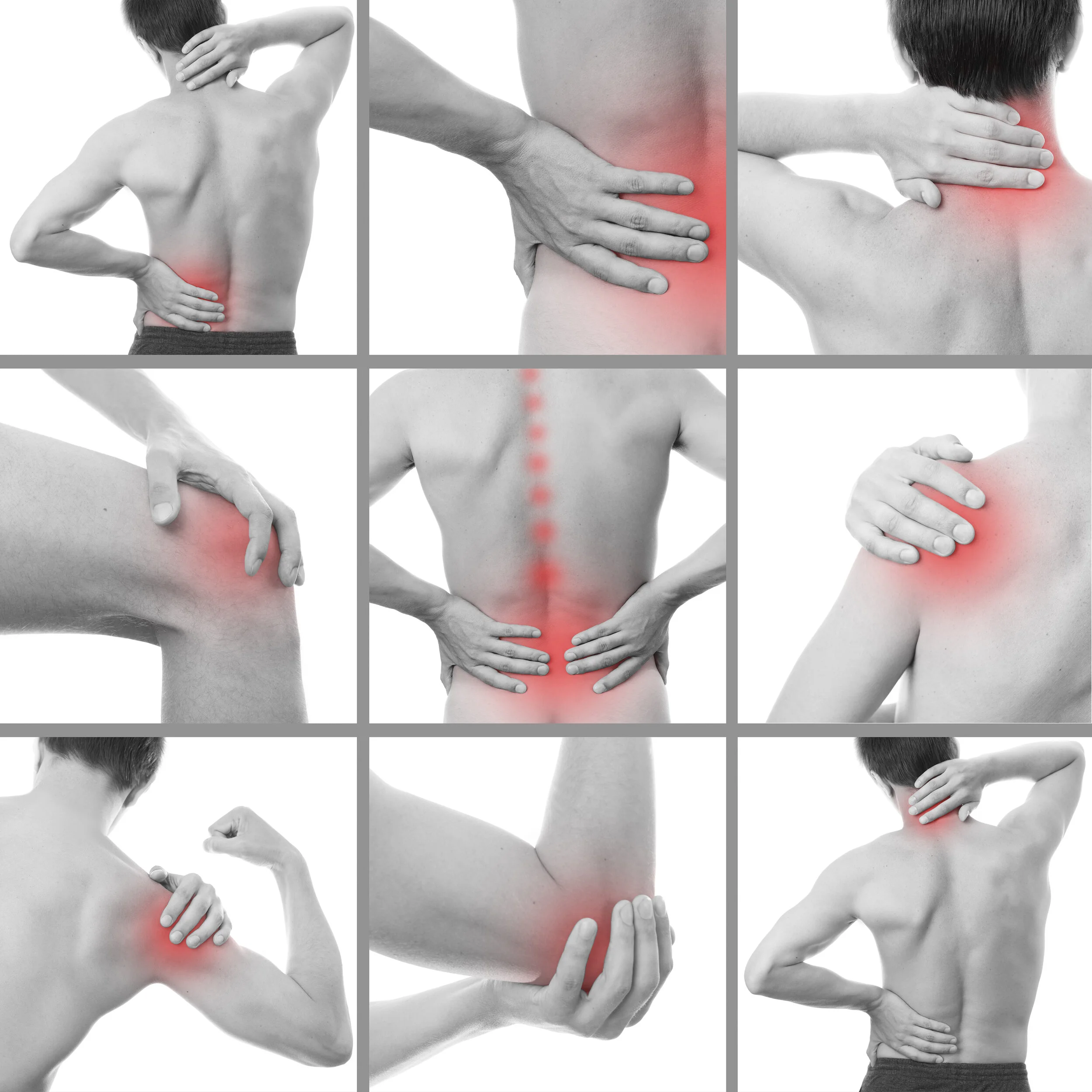The NHS recommends regular exercise to help strengthen the back and reduce the risk of developing back pain. A lot of lower back pain (lumbago) can be described as ‘non- specific’ or ‘mechanical’ in origin, which means that although it may feel debilitating and horrible, it is normally temporary and fixable if managed appropriately.
In my experience when people suffer back pain (or hip and knee pain), they are often tempted to cease exercise altogether. In most cases this is a bad idea, and there are several reasons why.
Firstly, unless there is a serious underlying cause of your back pain – e.g. a discogenic (disc-related), nerve-related (eg sciatica) or possibility of fracture, then it is unlikely to be a good idea to stop all meaningful exercise. If you have had a recent accident or are at all unsure, you should see a professional, such as an osteopath or your GP, in order to rule out these three possibilities.
Secondly, like me, I am sure that you exercise for various reasons – weight loss, cardiovascular fitness, flexibility, stress relief, etc. So why let lumbago/hip/knee pain get in the way of whatever you are trying to accomplish? You are often much better staying with exercise, but simply altering the type or intensity of exercise.
Sometimes you will need a week or two off from all meaningful exercise, but it is often better to return to some form of exercise before you feel completely symptom-free. A longer lay-off period may see a loss in fitness and strength, which would be a shame, and is usually unnecessary.
Thirdly, there is a link between back pain and weight gain. It isn’t quite as simple as saying heavier people are more prone to back/hip/knee pain, but there is strong evidence to suggest it is a causative factor. With proper posture and a healthy weight, you stand erect with your chest out, your stomach is pulled in, and the slight curve of your lower back is maintained – and exercise can help you achieve this.
However, if you are carrying excess weight, your spine, hips and knees take the strain and are forced to adapt. Weight around the abdomen can force the pelvis to pitch forward. As a result, the lower back curve increases in depth and length, placing added pressure on the muscles, ligaments, joints and discs of the back, and incrementally adding to the chance of injury. This may affect the hips and knees as well, due to the increased weight and the postural changes that alter the way we move and hold ourselves.
Finally, in my experience optimistic people get better quicker. If you stick with exercise through moderate mechanical back pain, being careful and decreasing impact and depth of movements when exercising, but still staying active, often your back will improve while your gains are not reversed. You can be careful with your injury without letting it ruin your objectives.
As stated in NHS and NICE guidelines, as well as evidenced in clinical trials, osteopathy is effective in treating mechanical lower back. So, if your lower back pain hasn’t improved with sensible management then please feel free to contact me.
Chris Brooks
07811 388557
sussexosteo@gmail.com
www.sussexosteo.com
facebook.com/chrisbrooksosteopathy

